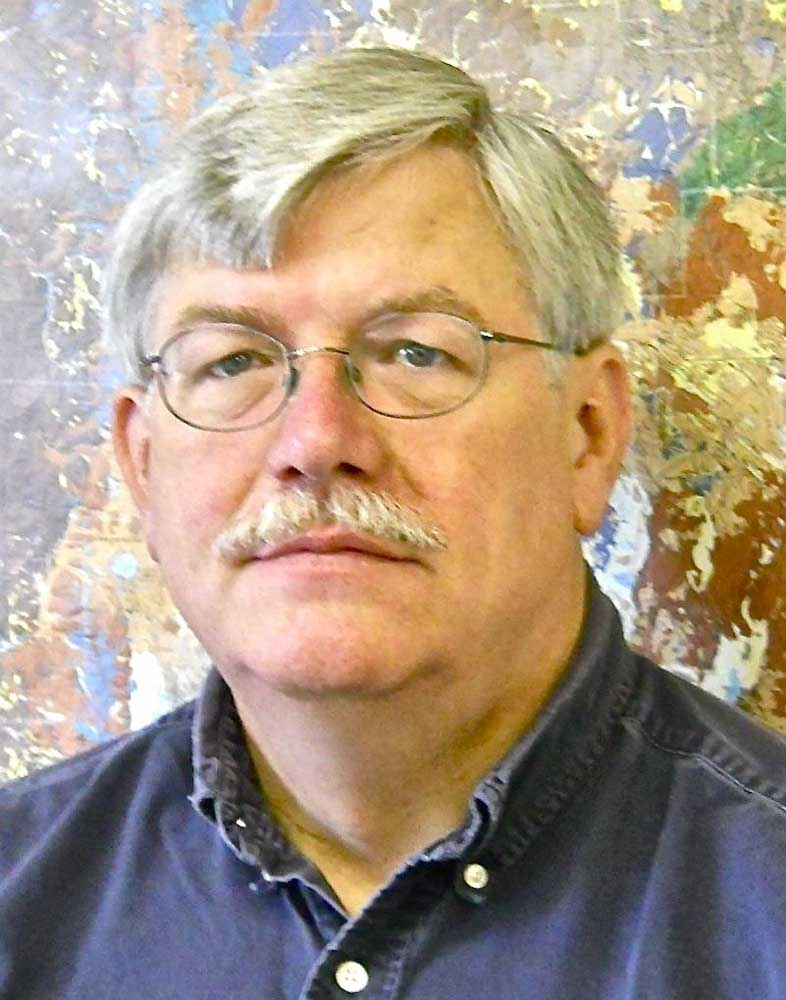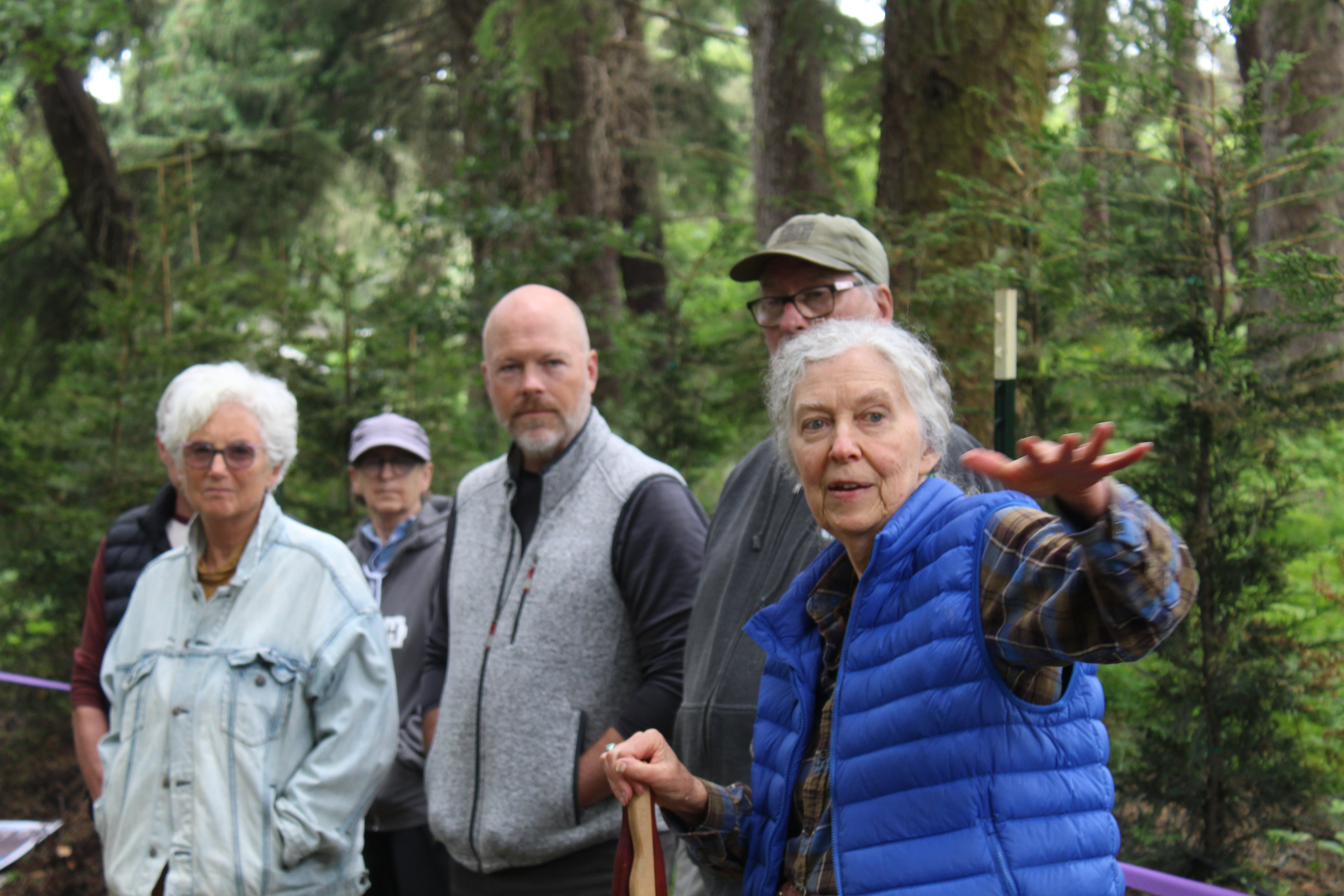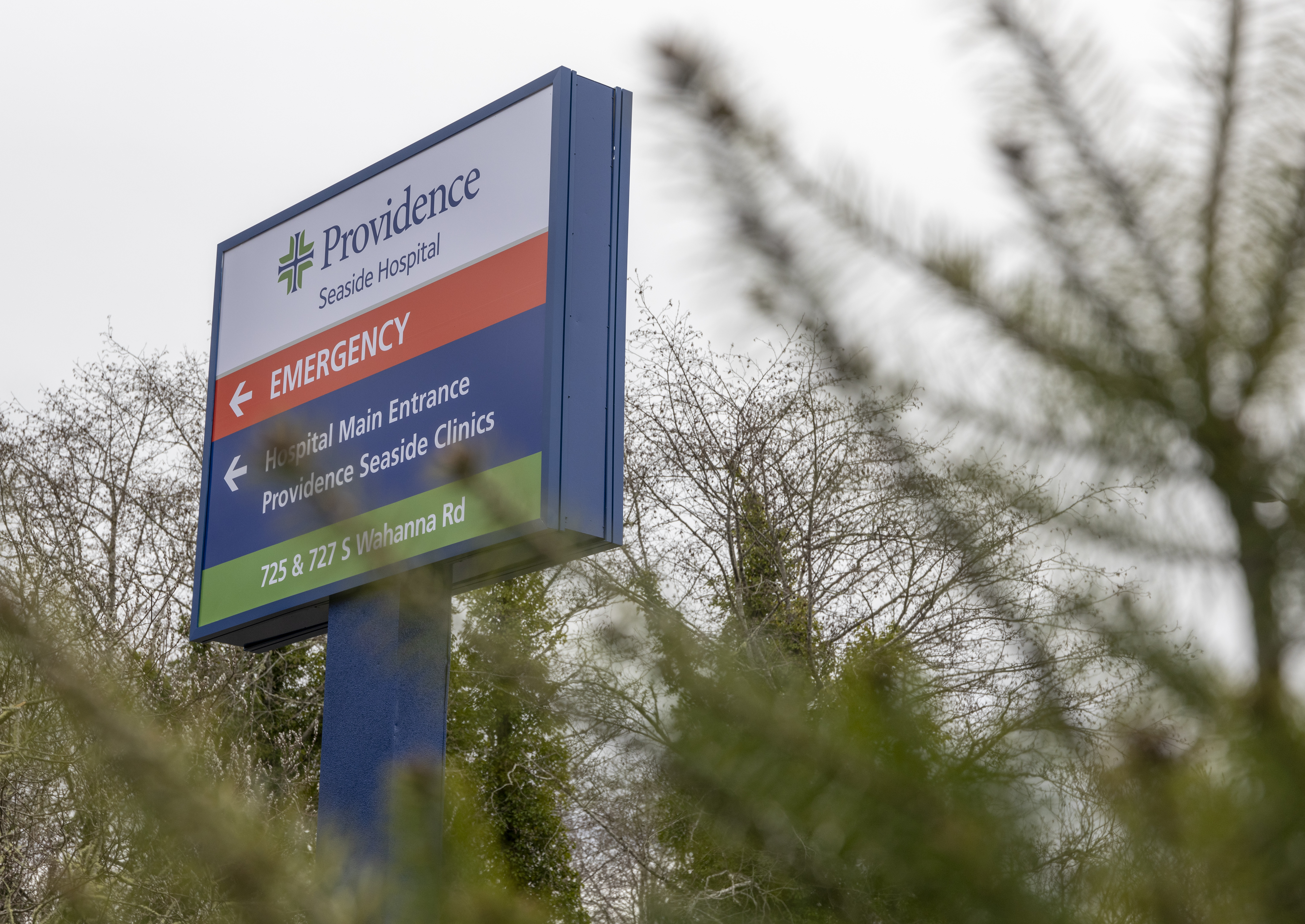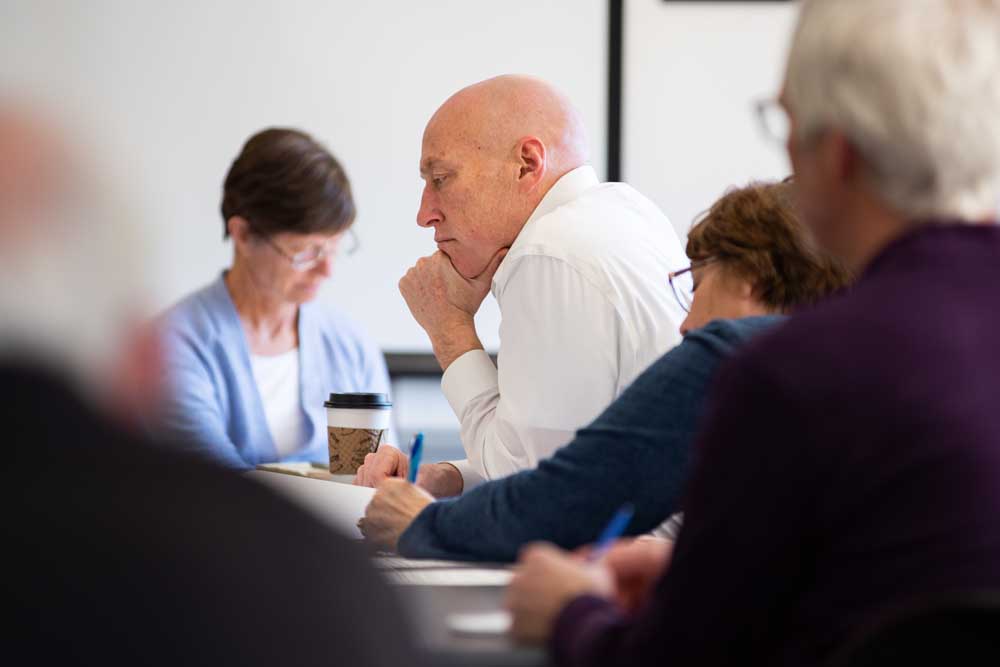Guest Column: Lessons from the Alaska earthquake of 1964
Published 12:30 am Thursday, April 13, 2023

- Tom Horning
Fifty-nine years ago an earthquake struck Alaska at a 9.2 magnitude and generated a tsunami that came down the Pacific Coast. It took four hours to get to Seaside, arriving at 11:35 p.m.
Trending
It was on a day when there had been good weather and little wind.
On the beaches, the tsunami’s first surge was between 17 to 21 feet.
The waves went up the mouth of the river, splitting in front of the old high school and flooding up the Neawanna and Necanicum channels. The floods raised the elevation of the rivers to about the elevation of the decks of the bridges.
Trending
The 12th Avenue Bridge was overtopped. The Fourth Avenue Bridge, which was decommissioned but still standing, was torn away by the waves.
The Fourth Avenue Bridge swept up against the First Avenue Bridge and blocked the river so it poured out over the southwest end of the bridge and into the parking lot where the Seaside Civic and Convention Center is now located. It filled up the parking lot and spread out onto Broadway. Meanwhile, the main bore continued on up the river all the way past the Seaside Golf Course.
The Finnish meeting hall, at the corner of 26th and Pine and across the street from my home in Venice Park, was swept off its foundations. The next house up the river was burst open and filled with 7 feet of water. Logs got trapped underneath the highway bridge on 24th Avenue. That steered water back into the neighborhood, much like at the First Avenue Bridge. It also pulled away the pilings underneath the train trestle one block up the river from the highway bridge, making it essentially a suspension bridge.
It’s been 59 years since the tsunami occurred.
There’s some good news. We’ve been able to look at the sand deposits that were left by the 1964 wave and use them to guide research mapping and modeling. We’ve built a huge database in the geological community, using Seaside as the example of how to model waves from prehistoric sand deposits. Seaside was chosen for this research because of the good historical record from 1964.
More good news is that in the last 3,000 years, a distant earthquake from Alaska, Hawaii or Japan has never produced a tsunami that has been any higher than what we had in 1964. It can’t get much worse than what we have already experienced.
It’s allowed us to prepare for the eventual Cascadia Subduction Zone earthquake, which will generate a tsunami that’s much higher, perhaps as much as 50 feet. It will flood and destroy most of the town.
We have a duty to get our bridges and evacuation infrastructure in place. The recurrence interval for earthquakes in the subduction zone for the last four or five quakes has been 325 years. Importantly, it’s been 323 years since the last one hit.
So, we have reason to be cautious. There’s no guarantee when these things will hit, but they will.
Keep this high on your priority list. Check literature in the Oregon Department of Geology and Mineral Industries. They’ve got a website called the Oregon Tsunami Clearinghouse with all the numerical modeling that shows how deep the water will be, how fast it will be moving and how much of a town will be covered. You can look this information up and use it for developing evacuation plans.
But bear in mind there are only four bridges out of 11 in Seaside that have already been replaced and are earthquake-proof.
We’ve got others to take care of.









